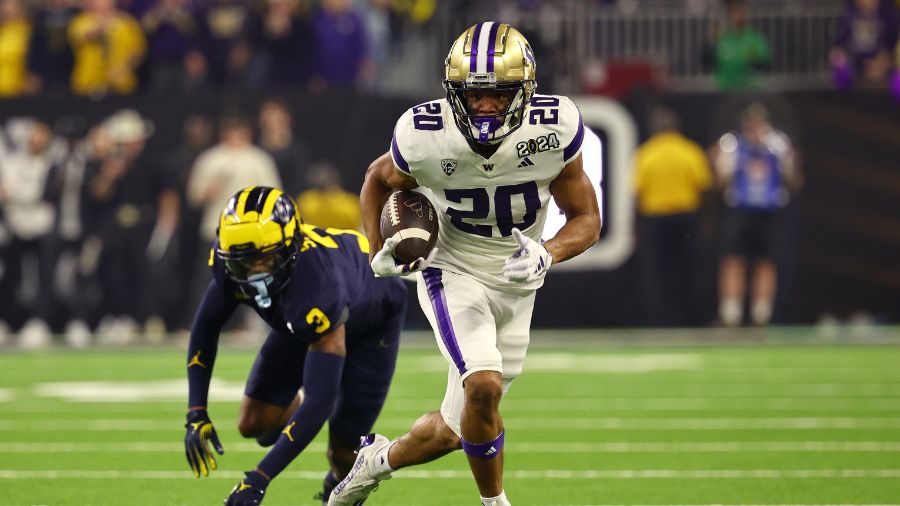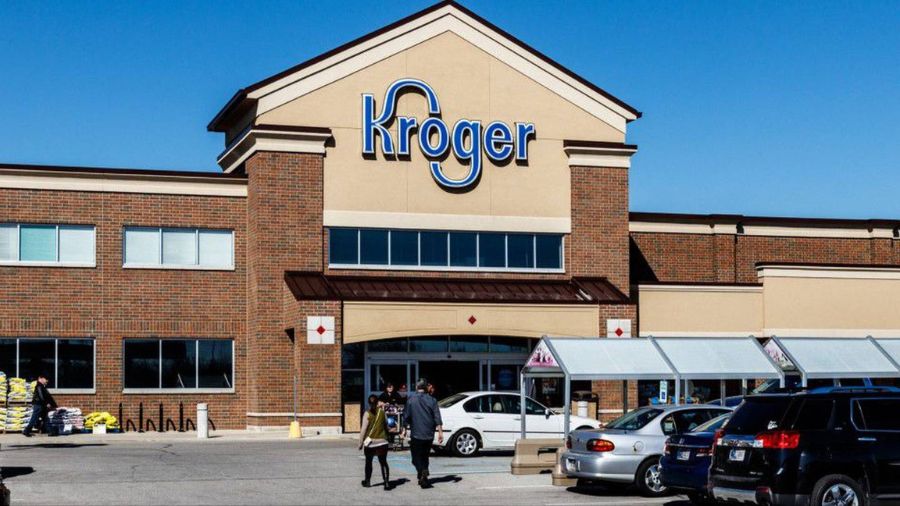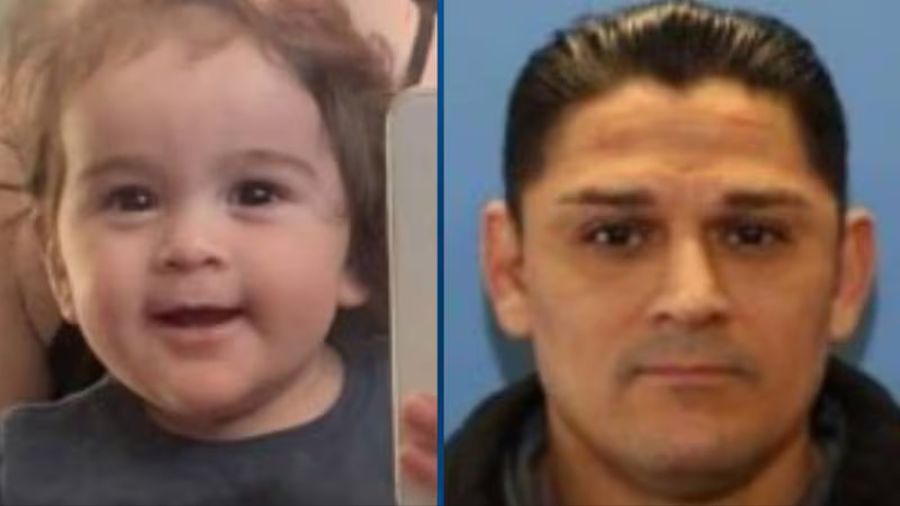All Over The Map: How wildfires are named
Jul 28, 2019, 7:43 AM | Updated: Jul 29, 2019, 11:09 am

An interactive fire map from the Northwest Interagency Coordinating Center shows wildfires burning in Washington on July 27, 2019. (NWCC)
(NWCC)
Summer is wildfire season, and, not unlike hurricanes and tropical storms, those wildfires need to have specific names, too.
Names for hurricanes and tropical storm are picked in advance, well before the start of storm season. They’re assigned in alphabetical order, and they’re only random first names that have nothing to do with geography or with the origins of each particular weather event.
Wildfires and big storms are named, essentially, for the same reasons: so the agencies involved in preparing and responding can keep track, and so the media and the public can know what’s going on, too, for safety purposes.
As with tropical storms and hurricanes, differentiating between individual fires is important to firefighters and to the public, especially when there are multiple blazes burning at the same time, as there often are in the summer.
Deb Schweizer is a public information officer at the National Interagency Fire Center, or “NIFC” (pronounced “NIF-see”) in Boise, Idaho. She says that the process for naming a wildfire burning in a national forest, national park or on other federal land is simple to describe.
“As a rule, it’s based on a landmark and it’s named by the first firefighter or IC [Incident Commander] on scene, so it’s usually named after a creek or a peak or some kind of landmark nearby that’s easily referenced on a map,” Schweizer said.
NIFC is a campus is Boise where representatives from federal agencies with a stake in tracking, fighting and dealing with the impacts of wildfires – including the US Forest Service, National Park Service, National Weather Service, FEMA, etc. – work together and share information year-round, but especially during fire season.
The rules
A related effort, the National Multi-Agency Coordinating Group (NMAC), adopted formal “Incident Name Protocols” that expand on Deb Schweizer’s description and give some more formal guidance. Fires are known, in official-speak, as “incidents.”
NMAC’s protocols are less than a page long, and clearly spell out specific rules, including these fire-naming no-no’s:
[Including] “fire” in the name of the incident. Fire is the Incident Type, which is redundant to include in the incident name.
Naming a fire after a person.
Naming a fire after private property or a company (ex: “Jeep” or “Bar T Ranch”).
Naming a fire that includes the phrase “Dead Man” or “Deadman.”
Naming a fire after another catastrophic fire (one that experienced fatalities, high property losses, etc.).
Naming a fire after a well-publicized event that could cause confusion (ex: “Eclipse” or “Super Bowl”).
Using cute or funny fire names, or using a play on words to name a fire. What may be funny to one person or group may not be to another.
The protocol memo emphasizes sensitivity, especially around long-standing geographic names that might now be considered offensive. “What may seem to be a purely innocent name to the local unit,” the memo reads, “may in fact have negative repercussions far beyond the fire itself.”
According to NMAC, when a firefighter or Incident Commander chooses a name for a wildfire, it comes down to following the rules, as well as using thoughtfulness and common sense.
“Be mindful of naming a fire something that may be construed as an offensive, derogatory or inappropriate name to any ethnic, religious or political group,” the memo reads. “Avoid using names that are considered slang or may be construed as unprofessional.”
And what if you’ve chosen name, but it just doesn’t feel right? “If in doubt, use common sense and rename the fire.”
In Washington, the Department of Natural Resources (DNR) is often the lead agency on wildfires that are not on federal land.
More rules
Janet Pearce, communications manager for Washington DNR, shared a copy of the state wildfire naming rules from the agency’s “Emergency Incident Response Statistics (EIRS)” manual.
It’s the same basic idea: the first qualified person on the scene of the wildfire chooses the name, and it should be based on a nearby geographic feature which “best describes its location,” such as a “mountain, stream, road, town, etc.”
The Washington DNR rules includes a few additional “don’ts” that go beyond the federal protocols:
The fire should not be named after . . . the cause.
The fire name should not have more than three words
Avoid using the same name twice. If it is necessary to use the same name, add an identifying number to the name, e.g., Rock Creek #1, Rock Creek #2, etc.
Beyond the wildfire names that become known and used by the media and the public, there’s an additional level of naming regardless of jurisdiction that’s more like an accounting function.
In an email, Carrie Bilbao, a public affairs specialist at NIFC, described how the federal tracking system known as FireCode works.
“Each fire is assigned an incident order number and a fire code,” Bilbao wrote. This includes “the two-letter state abbreviation, followed by a three-letter locality and a three-digit fire number. This is used in identifying where the fire is located and for ordering resources.”
FireCode
Bilbao says FireCode was first used for the 2004 fire season.
In practice, FireCode functions a web portal where local agencies enter a details about the wildfire or “incident.” The portal then spits out an official number and letter code — almost like a ticket number from a helpdesk — from a database of “Unit Identifiers.”
For example, the “Left Hand Fire” is currently burning 31 miles northwest of Yakima in Eastern Washington. The name comes from the “Lefthand Fork of Rock Creek.”
The FireCode number for the “Left Hand Fire” is WA-OWF-000304. The “WA” stands for Washington, of course; “OWF” is the three-letter geographic code for the Okanogan-Wenatchee National Forest; and the digits are the sequential number of this particular fire in the Okanogan-Wenatchee National Forest.
For place-name enthusiasts, there’s unfortunately no published list of the three-letter geographic codes, which are not always easy to decipher but that do follow a protocol of their own. However, it is possible to output a very long report (in “rich text format) via the web that includes several separate lists, sorted by jurisdiction and state. It’s also possible to search for specific names. Maybe someday, someone will publish a helpful book (though with fairly limited appeal) called “Great Wildfire Unit Identifiers of the Pacific Northwest.”
One other naming protocol for wildfires is use of the word “complex” to describe multiple fires that have merged, or that are close enough to each other in proximity that they are being fought by the same team. Complexes take the name of the most active fire in the group; that is, the fire requiring the most resources to fight.
Carrie Bilbao at NIF-C says the “complex” naming protocol dates to sometime in the 1980s.
“A notable fire where it was used was the Long Tom Complex that occurred on the Salmon National Forest [in] Idaho in 1985,” Bilbao wrote.
Online resources are updated constantly by various agencies through the Northwest Interagency Coordination Center in Portland, including interactive maps; a blog, YouTube channel; Facebook pages for specific fires; and a Twitter feed, to keep people informed about wildfires, whatever they happen to be named.
Follow @https://twitter.com/feliksbanel













